Exploratory Initiative With ASTM
Today was the first meeting with ASTM ( American Society Of Testing Materials ) to explore an initiative to create a new long awaited Global Standard For Tiny Houses On Wheels. Janet Thome, the founder and President Of Tiny House Alliance USA is the proponent leading this initiative.
ASTM is one of the largest ANSI accredited international standards organization that develops and publishes voluntary consensus technical standards for a wide range of materials, products, systems, and services.
We have the potential to include 150 countries as stakeholders. We had representatives from the US, Canada, China and Australia.
Many countries are facing the same barriers for acceptance for tiny houses on wheels as a viable option for housing.
ASTM has relationships with all the governments of the world that will be invited to participate.
We had an exciting meeting that consisted of over 49 representatives of tiny house industry leaders, including consumers, manufacturers, DIYers, engineers, architects, the top five 3rd party, testing, inspection certification agencies in the world, NFPA, IBTS, an organization that audits third party agencies, appraisers, real estate developers and seven tiny house organizations.
Janet Thome was tasked to bring a group of potential stakeholders together that would be interested in creating a committee for this initiative in support of this endeavor.
This is the first of many calls and we had so much interest, we had to delay a large number for the next call.
Please Note: Janet Thome was limited to the amount of stakeholders on the first call, because they wanted to have a robust call and wanted there to be time for everyone to speak. No one is being intentionally left out. ASTM values an open process and everyone will be invited.
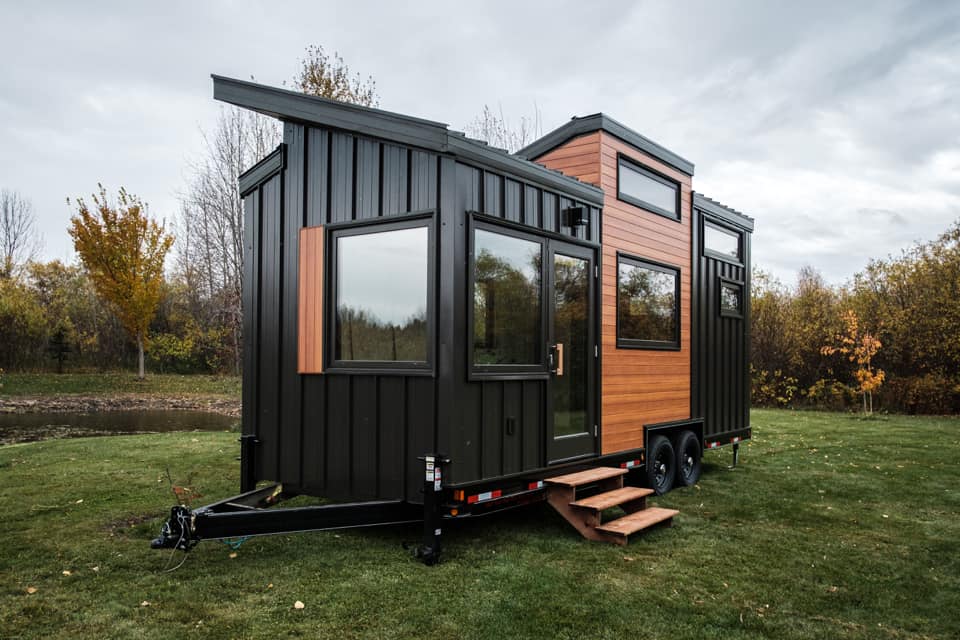
Photo Courtesy: Fritz Tiny Homes
Global Business Development And ASTM Strategy Team
Today we met with the Global Business and Development Strategy Team. There is a potential that ASTM will create a brand new committee for the Tiny Houses On Wheels New Standard Initiative.
When a new committee is formed, we will have to go through a formal ANSI process, committees will be formed, officers will be elected and a task force to write the standards will be selected. There will be public comment and voting phases of the process.
The standard will be cleansed of personal interest or leaning in favor of an individual or a business.
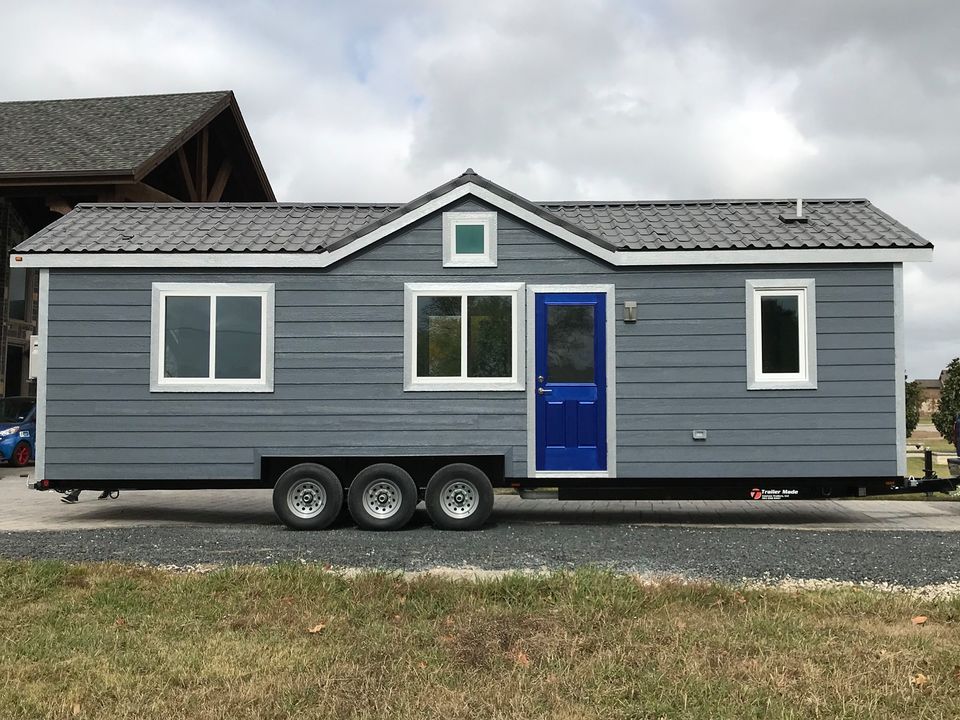
Photo Courtesy: Decathlon Tiny Homes
No Need To Reinvent The Wheel
We will be able to create a new standard from the ground up or with permission, reference existing codes and standards, such as Appendix Q Tiny Houses, NFPA 1192 and ANSI 119.5. We might decide that there will be no need to invent the wheel. An ASTM standard can be amended at the local level.
The Only Cost Is To Join As An ASTM Member For $75.00 A Year
The only cost we will incur is for each of us to join ASTM as a member for $75.00 a year. ASTM facilities the process and then sells the standards. We will not have the option to sell the standards.
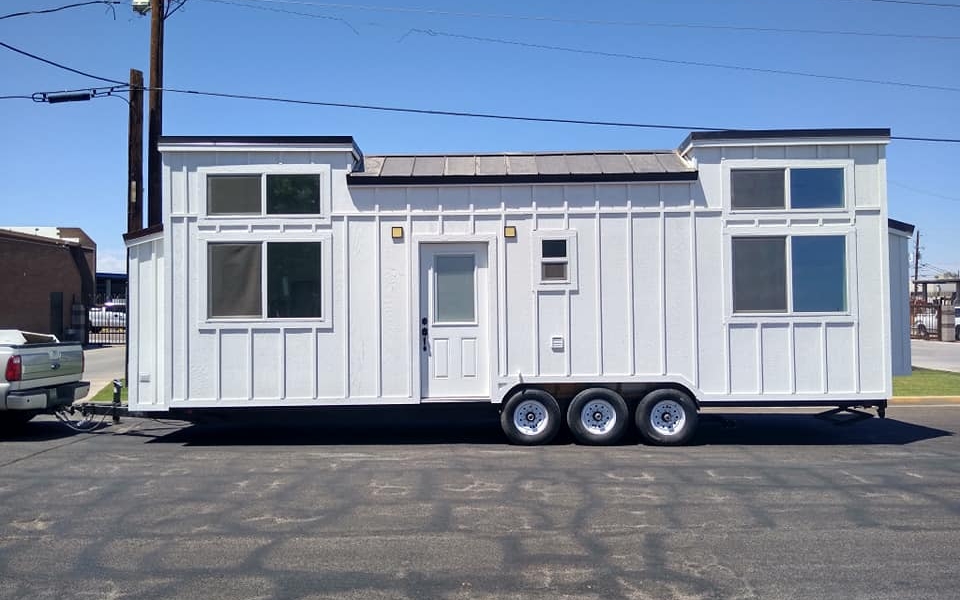
Photo Courtesy: Tiny Houses USA
Standards Development In ASTM
A full consensus standard is developed by a cross-section of stakeholders with an interest in its use. When there is a need for new standards, requests can come from trade associations, government agencies, and professional societies that do not create their own standards; or manufacturers, consumer groups, and even individuals. The request is presented to an ASTM technical committee and the process of standards development begins.
The ASTM process transcends what entities could do individually because it bridges gaps of technology, combines resources and overcomes lines of competition. The result is a product of the highest credibility, integrity, and marketplace acceptance.
Understanding the hierarchy within ASTM is integral to appreciating the value of the ASTM standards development and approval process. The hierarchy comprises three basic levels: main committees, subcommittees, and task groups. Task groups perform most of the “leg-work” and research that forms the basis of draft standards. Once the group completes its work, it forwards these drafts through the hierarchy for review and voting. The standard must gain subcommittee, main committee, and Society approval before becoming an official ASTM International standard.
At each level, voting requirements are enforced to ensure fairness. When a draft standard has been reviewed and accepted at all levels, the draft becomes an ASTM standard and is published. Depending upon the need for the standard, drafting and approval can occur in a few months, a year, or more.
Fairness in ASTM standards development is ensured through: 1) a required balance of interest between producers, users, and general interest members and 2) a voting process that ensures due process.
- ASTM Regulations – The “Regulations Governing ASTM Technical Committees” is a 14-page handbook that contains the rules governing how ASTM technical committees operate and create standards. These regulations provide instructions on assigning membership, conducting a committee meeting, ASTM balloting procedures and the committee review process for both new and existing standards. These regulations are the foundation of the ASTM standards creation process and are used to resolve any committee disputes or appeals.
- ASTM Form and Style Manual – is a basic textbook for anyone writing an ASTM standard. This official guideline provides templates and sectional descriptions for each of the six different types of ASTM standards. There are also sections devoted to special instructions for legal aspects in standards, the use of SI Units, and a style manual detailing common abbreviations and symbols, capitalization and other formatting items. This manual helps to promote a uniform format of ASTM International standards that enables readers to find information quickly and easily.
- Standards Writing 101 – View this PDF to learn how and why a new standard is written.
- ASTM Draft Standard Templates – Pre-formatted MS Word templates help speed the process of developing an ASTM standard.
- Precision and Bias Statements – See this PDF to find out how statistics are used in the real world.
- ASTM Technical Committees – View a complete list of the 140+ different ASTM technical committees.
- ASTM Committee-Sponsored Student Awards
National Technology Transfer and Advancement Act of 1995-US
The National Technology Transfer and Advancement Act, passed in 1995, requires the federal government to use privately developed consensus standards whenever possible.
Section 2: Findings
The Congress finds the following:
(1) Bringing technology and industrial innovation to the marketplace is central to the economic, environmental, and social well-being of the people of the United States.
(2) The Federal Government can help United States business to speed the development of new products and processes by entering into cooperative research and development agreements which make available the assistance of Federal laboratories to the private sector, but the commercialization of technology and industrial innovation in the United States depends upon actions by business.
(3) The commercialization of technology and industrial innovation in the United States will be enhanced if companies, in return for reasonable compensation to the Federal Government, can more easily obtain exclusive licenses to inventions which develop as a result of cooperative research with scientists employed by Federal laboratories.
ASTM Standards And ICC
As Of 2018, 40% Of The ICC Building Codes Were ASTM Referenced Standards
The International Code Council ( ICC) and ASTM partner to support codes and standards in many countries. As of 2018, 40% of the ICC building codes were ASTM referenced standards.
Contact Janet Thome If You Want To Be Contacted To Be On The Next Call
All Stakeholders Are Welcome!
Consumers
DIYer
Builder
Manufacturer Of Materials
Architects
Engineers
Lenders
Insurance Agents
Developers
Advocates
AHJ
Investors
Tiny House Alliance USA Editor
The Future Of Tiny Is Now!
Janet Thome Founder And President
ja***@******************sa.org
509 345 2013
Founder Of Tiny Portable Cedar Cabins
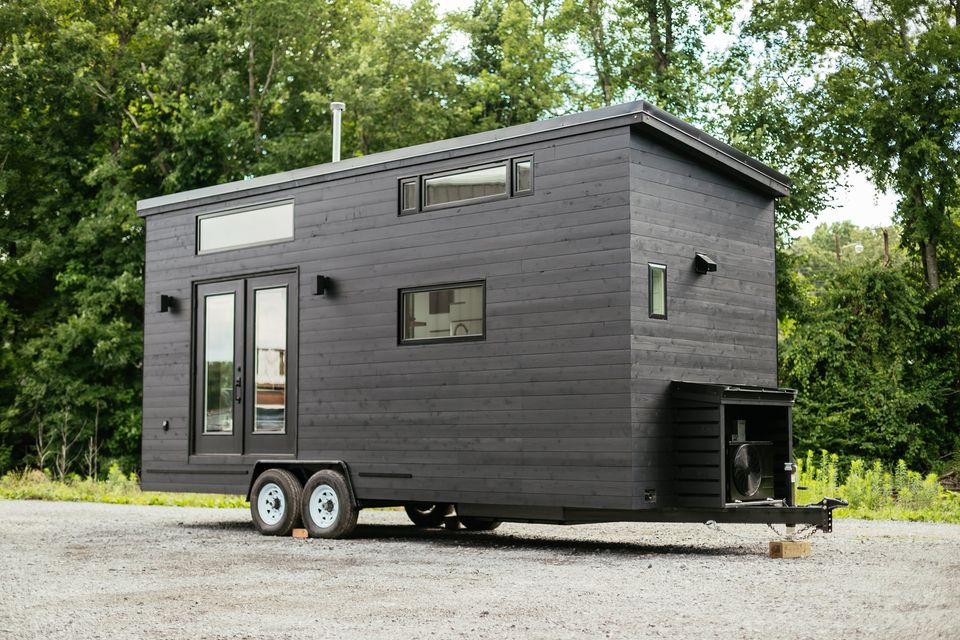
Photo Courtesy: Wind River Tiny Homes
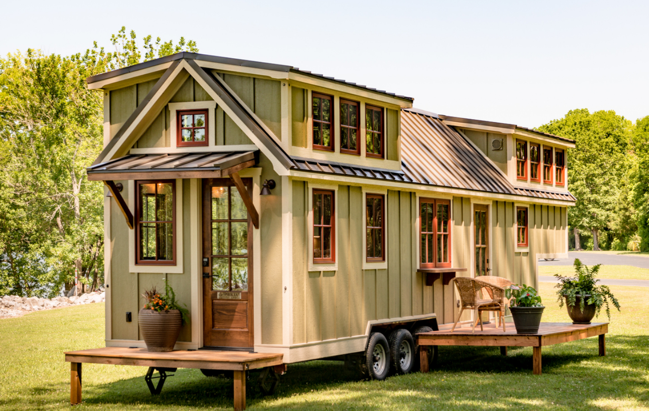
Photo Courtesy: Timber craft Tiny Homes
Tiny Houses On Wheels Barriers To Living Legally
A Global Dilemma: Is It A Building Or Is It A Vehicle?
Tiny Houses On Wheels-How many municipalities across the globe are asking the question ”Is A Tiny House On Wheels A Building Or A Vehicle?
There are numerous associations that have formed across the globe representing the stakeholders to implement change in legislation and zoning to legalize tiny houses to become a viable solution to housing. There are think tanks, affordable housing summits, festivals and meeting after meeting occurring, all with the goal to create more legal places to live.
At this time, there is not one unified industry standard that is recognized for tiny houses on wheels and each jurisdiction, bank, insurance agency, etc… could have a different definition and criteria to deny or allow them.
Tiny houses on wheels are most commonly built with RV and Park Model standards.
Part Two: Why A Global Standard With ASTM?
150 Countries Have An Opportunity To Solve A Global Dilemma
Great real examples of ASTM committees that did not ot leave their international standards development to chance, nor did they delegate the recognition and acceptance of their standards to any force outside of the global marketplace. They debated long and hard about where to do their international work and about which process they would use to do it.
Their strategy was to place the world’s best technology and its standards investment where it was to be most quickly and efficiently updated and maintained, where international membership and input was individualized: ASTM International.
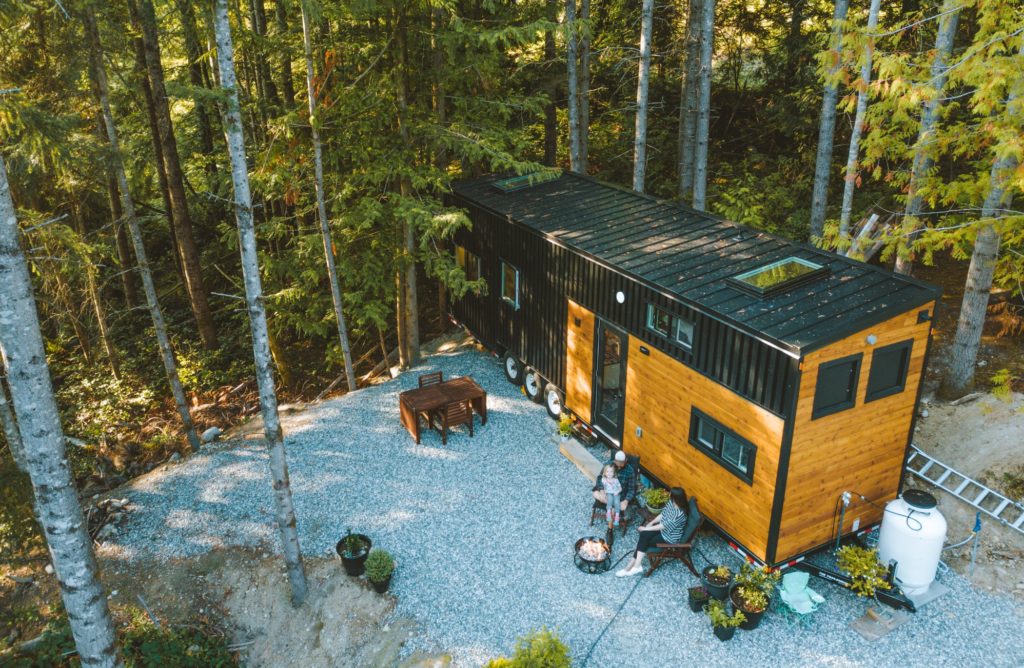

Great work, Janet, on solving a global problem! You are the leader this industry has been needing.
Thank you Jenifer.
Pingback: Why A Global Standard With ASTM? - Tiny House Alliance USA
I wonder how this compares to NOAH certifications?
https://noahcertified.org/
Please research the opportunity.https://www.astm.org/studentmember/StandardsProcess.html
Can you put a date of publication for this article at the top? This is awesome news!
Yes, thanks. It was 1.2/2021
Pingback: Diamond Pier Foundation For Tiny Houses - Tiny House Alliance USA